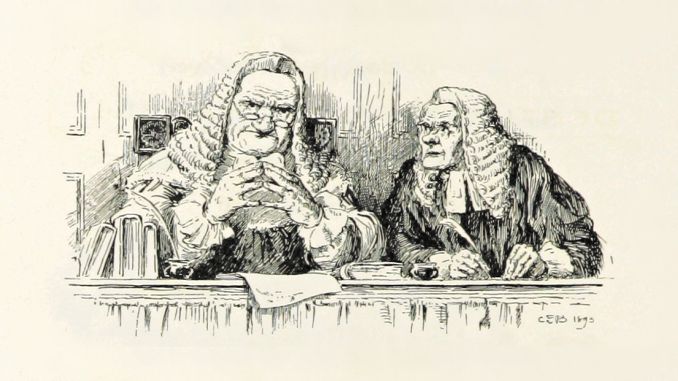
By James Pylant
Copyright © 2021 | Posted 9 January 2021
All Rights Reserved. Do not post or publish without written permission.
Return to Features
The Maryland General Assembly ordered each county justice to equip their local seat of government with a prison, a pillory, stocks, a whipping post, and a burning iron. For instance, the assembly proceeding of 15 March 1697/98 directed Somerset County to construct—near the courthouse—a prison “or at Least have a Cage there with a Whipping post and pillory.”1
Dr. Newton D. Mereness, author of Maryland as a Proprietary Province, wrote that “many a poor woman who had borne a bastard child and could not pay the fine of thirty shillings was tied to the whipping post, and given ten or twelve lashes on her bare back.”2
In Colonial America, atonement for the offense of bastardy tended be unequal between the sexes; men were held financially responsible for the child’s support, whereas women were fined or given the strap. Professor Robert V. Wells of Union College (Schenectady, N.Y.), noted that in Maryland, “there seems to have been far greater diligence in punishing female offenders than males.” Corporal punishment for this offense was abolished in 1749, when the focus shifted to providing for the child’s upkeep.3
NOTES AND REFERENCES
- William Hand Browne, ed., Archives of Maryland, Proceedings and Acts of the General Assembly of Maryland, March, 1697/8—July, 1699 (Baltimore: Maryland Historical Society, 1902), p. 103.
- Newton D. Mereness, Maryland as a Proprietary Province (New York: The MacMillan Company, 1901), p. 254.
- Robert V. Wells, “Illegitimacy and Bridal Pregnancy in Colonial America,” Bastardy and its Comparative History: Studies in the History of Illegitimacy and Marital Nonconformism in Britain, Frances, Germany, Sweden, North America, Jamaica and Japan (Cambridge, Mass.: Harvard University Press, 1980), p. 359.
